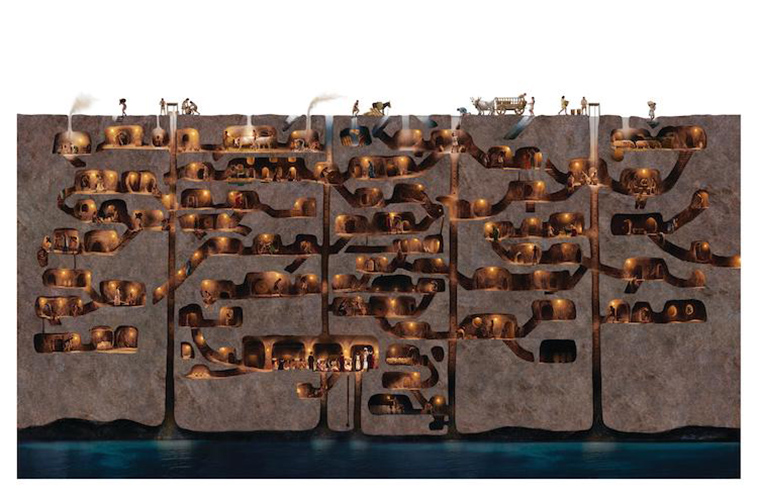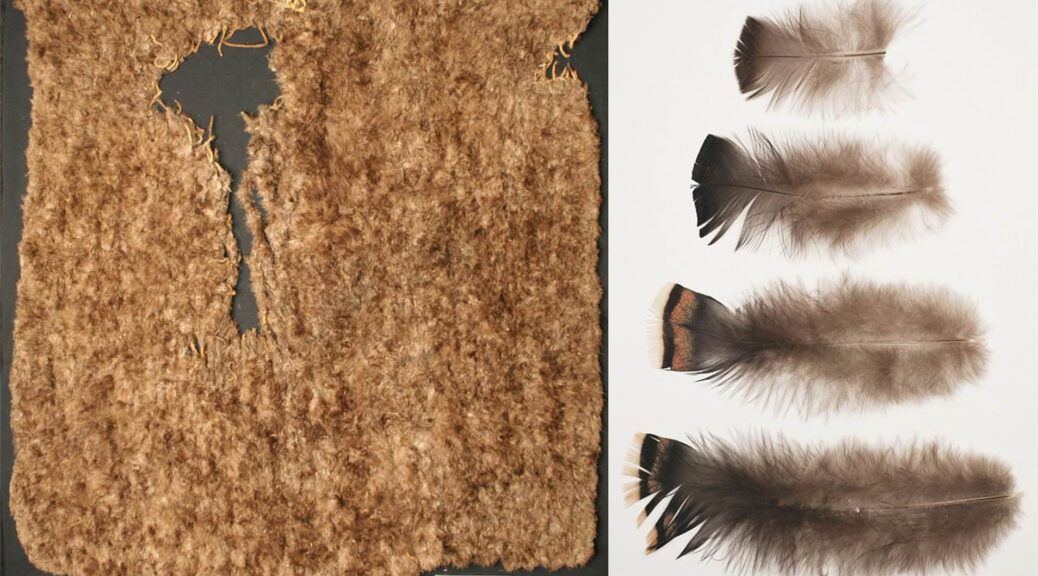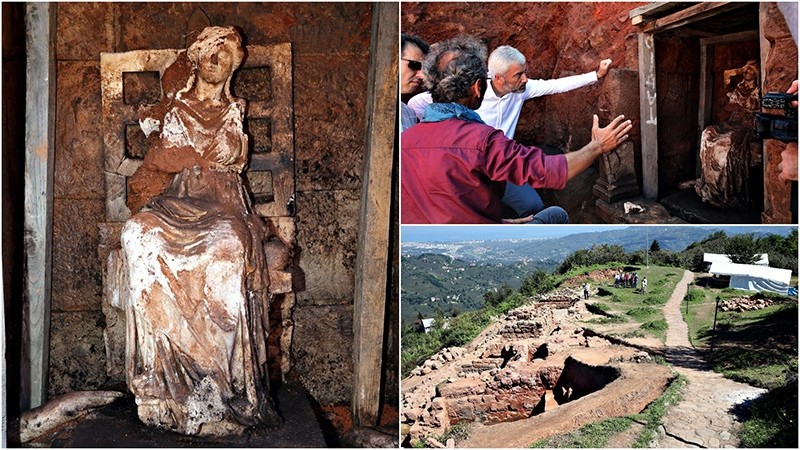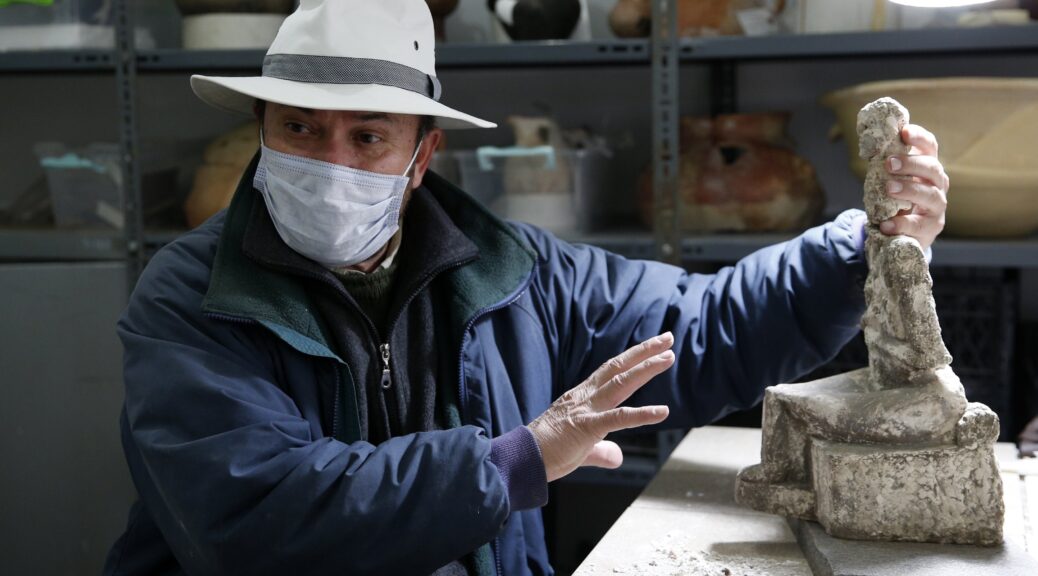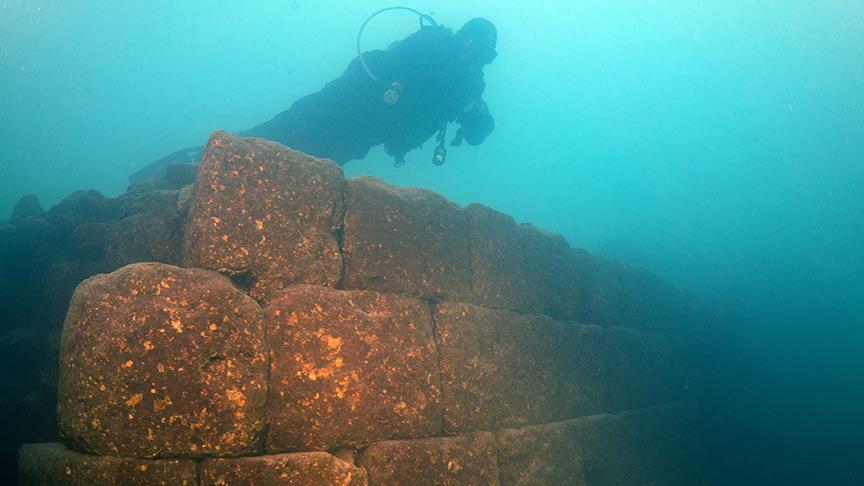Massive Underground City Guides Us Deep Down to Ancient Times
Chicago, like a lot of other modern cities, has a hidden secret: It’s home to miles of passageways deep underground that allow commuters to get from one place to another without risking nasty weather.
Los Angeles, Boston, New York, and Dallas all have their own networks of underground tunnels, as well. But there’s a place in Eastern Europe that puts those forgotten passages to shame. Welcome to Derinkuyu — the underground city.
Picture this. It’s 1963, and you’re on a construction crew renovating a home. You bring your sledgehammer down on a soft stone wall, and it all crumbles away, revealing a large, snaking passageway so long that you can’t see where it ends.
This is the true story of how the undercity at Derinkuyu was (re-)discovered. While those workers knew they’d found something special, they couldn’t know just how massive their discovery had been.
Stretching 250 feet (76 meters) underground with at least 18 distinct levels, Derinkuyu was a truly massive place to live. Yes, live. There was room for 20,000 people to stay here, complete with all of the necessities (and a few luxuries) — freshwater, stables, places of worship, and even wineries and oil presses.
It isn’t the only underground city in the area known as Cappadocia, but it’s the deepest one we know of, and for many years, it was believed to be the largest as well.
Derinkuyu and the other 40-ish underground cities nearby are made possible thanks to the prevalence of tuff in the area, a kind of volcanic rock that solidifies into something soft and crumbly.
That makes it relatively easy to carve enormous subterranean passages — but why would you want to? The answer lies in the cities’ origins.
History of Ancient Underground City
This underground city was found by Phrygians from 8th-7th BCE. From that period, the city has enjoyed a prosperous life. And the golden ages were experienced during the Byzantine period. Also, the city has remains of some chapels which were built after the people there followed Christianity during the Roman period.
This large amazing underground city has been connected with numerous tunnels. The whole structure is designed as a large network.
It is believed that these tunnels were added during the Byzantine and Arab wars. During 780-1180, people constructed an extensive tunnel network to connect all parts of the city and form an escape route.

From Highly Protected City to Popular Touristic Attraction
Derinkuyu underground city had everything for a society to survive. Although built underground, this city functioned just like a normal city on the surface.
This huge complex had communal rooms, stables as well as a wine cellar. Also, there were places for live stocks and clean water was obtained from wells.

One of the reasons for this city to become this large was the geographical advantage. Easily carved volcanic stones in the Cappadocia region enabled this city to turn into a megacity of that period.
Ventilation was provided with 180-feet long shafts and 1000-pound round, stones that function as doors to protect the city from all types of attack. Currently, Derinkuyu and Cappadocia region is among the most popular touristic destinations in Turkey.
Although only 8 layers of this ancient underground city can be visited, it is worth to see how people of the past lived a secure life.

ventilation shaft and well. 


